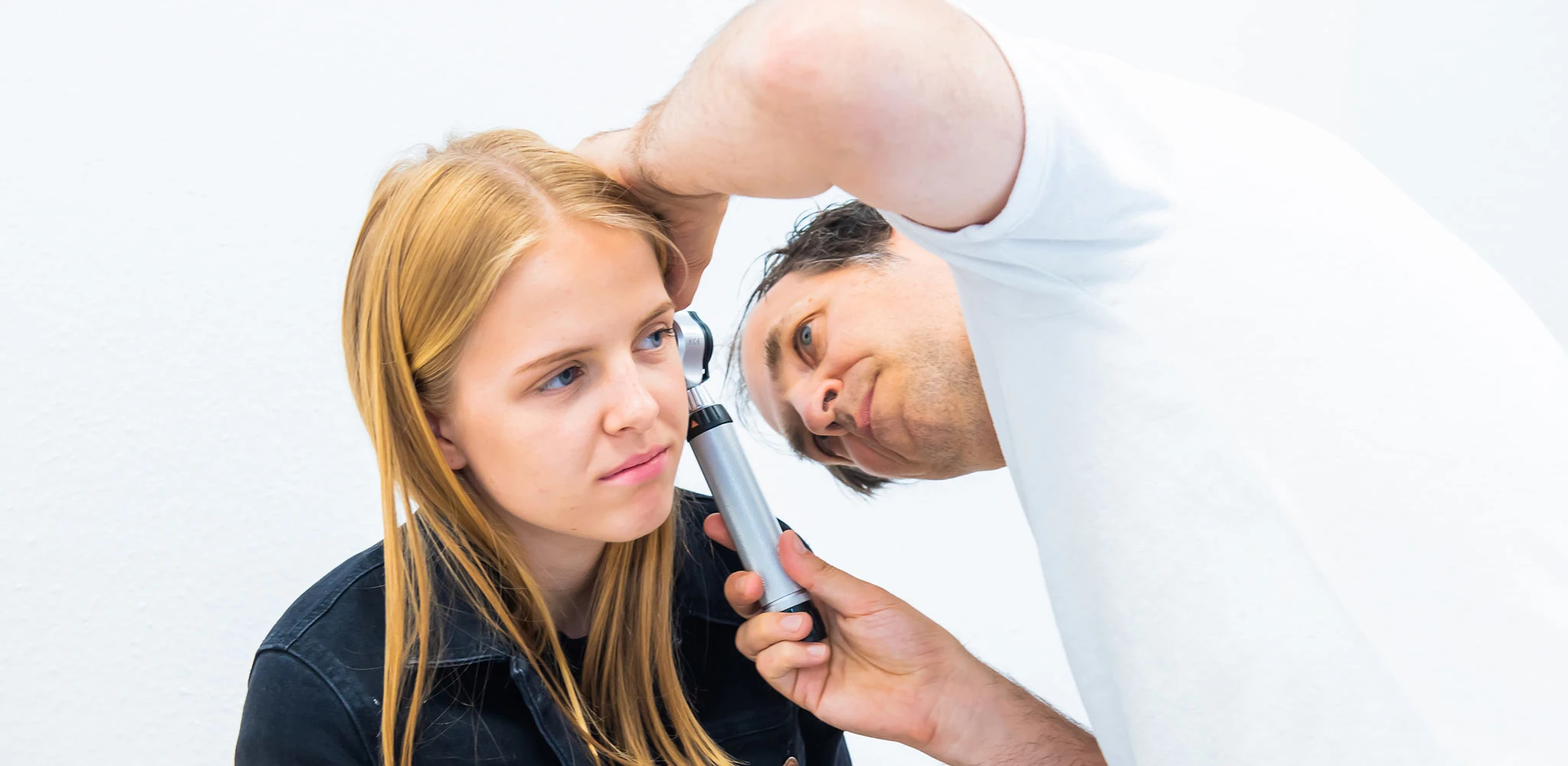Get moving!
Today the doctor has an expert at his side: Nina Kurz is a pre- and postnatal trainer and is very committed to the topic of sport for children and young people - and that's exactly what the two of them talked about.
Doc: Why is movement so important for children?
Nina Kurz: It is the basis for our children's motor development. If I get my child to move regularly and enjoy a variety of activities, then I can achieve a significant improvement in both coordination and self-esteem. Because if I feel good in my body and feel strong, then I have much more confidence in myself. Lost enjoyment of exercise can also be reawakened and the ability to concentrate improves.
Doc: And which sport would you recommend for children?
Nina Kurz: Basically, the most important thing is to enjoy exercise. Some children are simply not group sports kids, others are not lone fighters. That's why it's sometimes a case of trial and error, especially at the beginning: What is right for my child, where does he or she feel comfortable, where does he or she have fun? Polysportive concepts are particularly suitable here, i.e. programmes where children can try out different areas and then decide at some point what they actually want to do. Sometimes you need a bit of patience and may have to change your mind and try something new if you realise after a while that it wasn't the right thing after all.
Doc: Sports clubs, for example, have these movement worlds. They now have a new project called "tough tigers", which is all about polysports and self-esteem. But what happens if a child doesn't really want to do anything and you can't really motivate them?
Nina Kurz: It's actually natural for children to want to move. They have an urge to move and actually want to keep learning new things. That's why the basic question is: Why doesn't my child want to? Or why doesn't it seem to want to? Could it also be because they are afraid of being bad? Perhaps they have seen that their mate is already much better at football or that their friend is already so good at handstands and are worried about failing or being worse. Or you can ask yourself: Does my child have coordination difficulties and therefore can't do things? Is there a lack of self-confidence and does the child simply not dare to participate anywhere without mum or dad? Or does my child associate movement with negative exertion and we first need to break this down and introduce the child to the joy of movement again? One option is to start with something where all the children are new and some are not two years ahead. Everyone starts from scratch and has the same prerequisites. That way, the child has the same opportunities as everyone else and doesn't have to be afraid.
Conclusion: The most important thing is that we somehow get the children moving. Programmes such as Bewegungswelten and "tough tigers" can help. Get yourself and your child moving!
More information:
www.bauchkraftwerk.de
www.taffetiger.de
www.sg-schorndorf.de/bewegungswelt
Further interesting tips
Neonatal jaundice
Today we're talking about very, very small babies - and newborn jaundice. It's not usually serious - but you should still keep a close eye on it.
Febrile seizure
Today we have a topic from the category "The Stephen King of paediatrics". In other words: sheer horror. It's about febrile seizures.
Ringworm
There are always phases in which rubella infections increase. In the vast majority of cases, this is not a major issue for the children affected - and yet the disease can be problematic.
